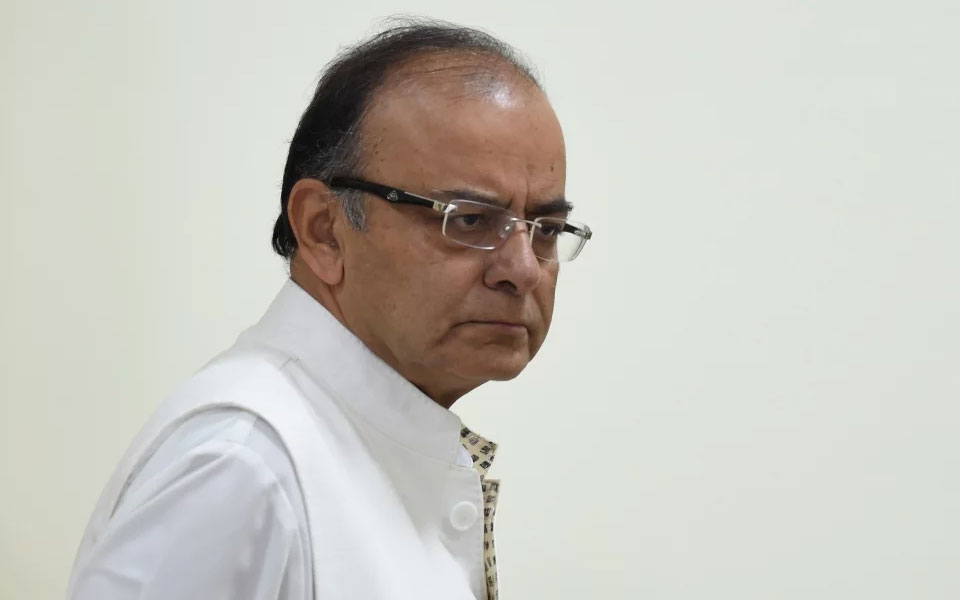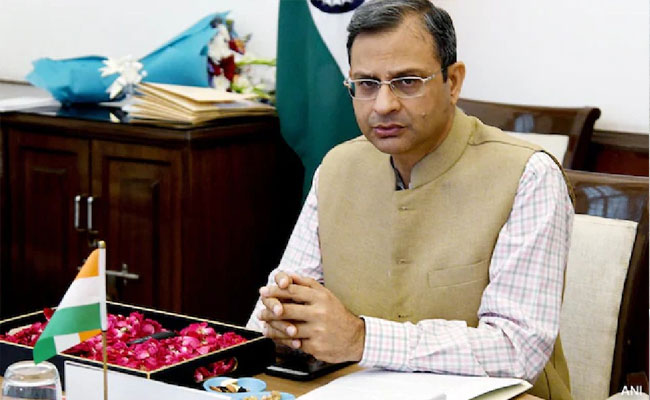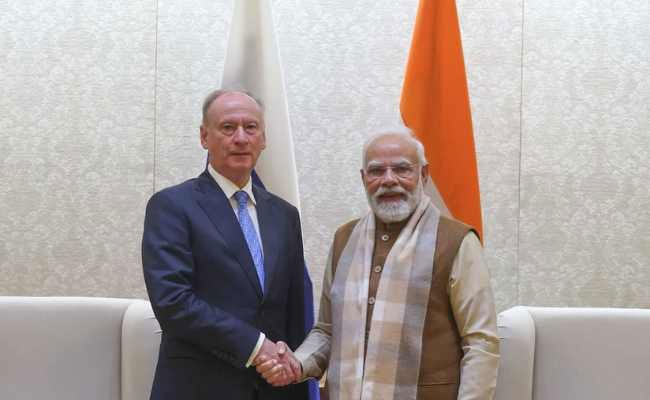Entrepreneur Vijay Mallya has blasted quite a few bombs sitting in his abode abroad. While the water crossed the danger mark, Mallya has pushed union minister Arun Jaitley and tried to perch over the minister’s back to save his life. He has informed the media that he tried meeting the finance minister before he left India, and had even expressed his inclination to clear the dues up to the tune of Rs 9000 crore that he owes to various banks.
Finance minister Jaitley has also broken his long silence and said Mallya only met him in the central hall in the parliament and that it was an informal meeting. Many people like Mallya have played a big role in the economic distress the country is facing today. Demonetisation was done to save big corporate loan sharks like Mallya, and the poor had to push themselves to cough up money to make good for the bad loans that the government had given to the barons.
Now things are coming to light about what aspect of the government helped Mallya escape the legal framework of this country. Reserve Bank former governor Raghuram Rajan has brought a few facts to light in the recent times. He said when he left office upon completion of his term, he had submitted a list of risky loans that could cause problems in the future. Government could have initiated action against the likes of Mallya immediately thereafter. At least, caution could have been exercised to ensure he and his ilk didn’t leave the country.
Rajan had specifically sent a report on NPA (Non Performing Assets) and that it was imperative to initiate action against such loans. Bad loans had caused problems to banks during UPA-I. This response has somehow made the Modi government somewhat happy. But the other statements of Rajan has got the government very worried because they are direct jibes at the NDA. Rajan has precisely said the central government has failed to take action against default loaners and has not shown due diligence in probing the bank irregularities.
NDA government is projecting that it is busy creating a policy to deal with dormant assets/properties since the last few years. Among the policies that were brought into force, amendment to banks and financial institutions loan recovery act 1993, and the Enforcement of Security Interest and Recovery of Debts Laws and Miscellaneous Provisions (Amendment) Bill.
Through this, loan recovery tribunals have been established and code on bankruptcy and financial distress has been included.
Despite this, banks have not shown great progress in loan recovery, says Rajan. Reasons for this are quite clear. The corporates who get big loans are clearly on the side of the government. The government may pretend to initiate action on them, but in reality would protect them. Now this statement by Mallya is proving the apprehension right.
Within a few days after Rajan’s statement, Mallya said he had shown interest in clearing the loan during his conversation with the finance minister. Even the minister has concurred to this, partially. So, for the precarious situation that country is facing financially, the finance minister is solely responsible. And yet, he does not deem it fit to resign accepting his responsibility. This shows the insensitivity of the person. The current situation has failed to reprimand even a single defaulter. While Rajan had sent a letter with the list of those who had taken big loans, he had even mentioned that he’d help file a case against at least a few high profile cases to recover the loans. But since this was not met with any or positive response, Rajan moved on. Mehul Choksi and Nirav Modi’s names also figure in the list Rajan submitted to the PM’s office.
So the escape route for loan sharks has become easy under NDA government since the biggies can bribe the higher ups. Mallya’s escape is dubbed as ‘escape with help’ from the government as per the current higher officers.
Weapons dealer Sanjay Bhandari had left the country under the most watchful period by the government. Former IPL chief Lalit Modi was helped by Sushma Swaraj to obtain papers to leave the country. The defaulters are grabbing the headlines everyday with their cleverly executed plans. But some of them are still living in the country. Though the union government may say it is not responsible for the escape of Mallya, it is indeed answerable about why no action has been initiated regarding the others.
Let the Truth be known. If you read VB and like VB, please be a VB Supporter and Help us deliver the Truth to one and all.
New Delhi (PTI): A Delhi court on Friday extended the NIA custody of deported gangster Anmol Bishnoi by seven more days.
Special Judge Prashant Sharma ordered the extension during a hearing conducted at the National Investigation Agency's (NIA) headquarters here amid high security.
The hearing was not conducted at the designated court in the Patiala House courts as the NIA cited a high security risk to Bishnoi because of threats given by Pakistani gangster Shahzad Bhatti.
Sources said the agency sought the extension of Anmol's custody by seven more days on the ground of conducting further probe, which the judge allowed.
Wanted in connection with the killing of Nationalist Congress Party (NCP) leader Baba Siddique, firing at actor Salman Khan's residence in April 2024, the killing of Punjabi singer Sidhu Moosewala, among other crimes, Anmol was "removed" from the United States on November 18.
He was detained in the US in November last year.
After being produced before a special judge in the Patiala House courts on November 18, he was sent to the NIA's custody for 11 days.
On November 29, Anmol, the brother and a close aide of gangster Lawrence Bishnoi, was sent for further custodial interrogation till December 5.
Absconding since 2022, US-based Anmol is the 19th accused to be arrested for involvement in the terror-gangster syndicate led by his jailed brother.





